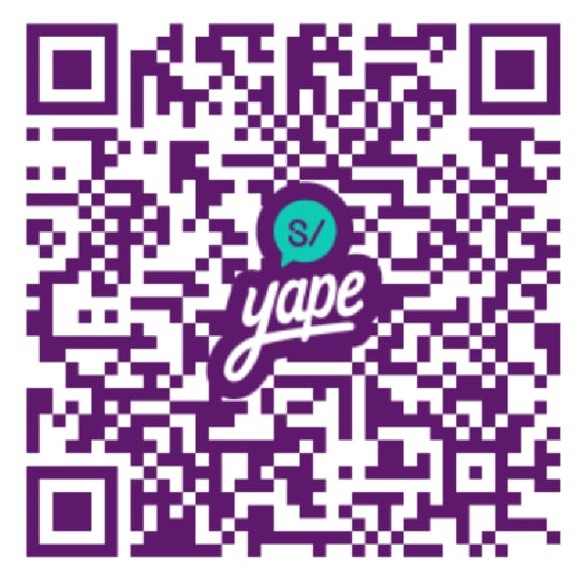APIs are the backbone of modern applications, but maintaining clear and up-to-date documentation can be a challenge. That’s where Swagger comes in. If you’ve ever asked yourself, “what is Swagger?”, it’s a framework that helps developers design, build, document, and consume RESTful APIs efficiently.
Swagger provides a structured way to describe your API endpoints, request parameters, and responses in a standardized format. This not only makes it easier for developers to understand how to interact with your API but also allows for automated documentation. With tools like Swagger UI, teams can visualize API endpoints interactively, test requests directly from the browser, and reduce reliance on static, often outdated, documentation.
Another key advantage is automation. Using Swagger Codegen, developers can automatically generate client SDKs, server stubs, and even API tests. This ensures consistency across development teams and accelerates the onboarding of new developers. For teams working in complex environments with multiple microservices, this automation can save countless hours of manual effort.
Additionally, platforms like Keploy complement Swagger by taking API testing a step further. Keploy captures real API traffic and generates test cases and mocks automatically. By combining Swagger’s documentation capabilities with Keploy’s automated testing, developers can ensure APIs are not only well-documented but also reliable and robust.
In short, understanding what is Swagger and using it effectively can transform the way teams develop and maintain APIs. It bridges the gap between writing code and understanding it, making collaboration smoother, testing faster, and overall development more efficient. For any team building APIs today, Swagger is not just a tool—it’s a productivity booster.



